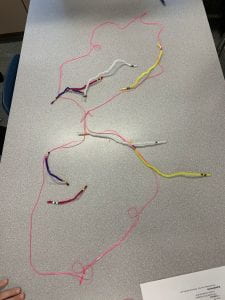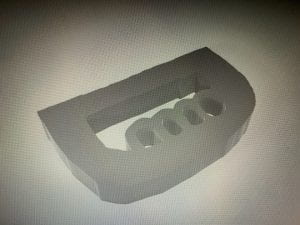Sexual reproduction
Sexual reproduction is when there is 2 parents (female and male) who make offspring. To do this the sperm cell travels into the females body and into the egg. There are 2 different types of cells: haploid phase composed of cells with a single set of chromosomes and a diploid phase made of cells with a double set of chromosomes. The offspring also takes genes from the mom and dad.
https://biologydictionary.net/sexual-reproduction/
Asexual reproduction:
Asexual reproduction is offspring made by one organism. It only gets the genes from the one parents because obviously it’s the only parent. There are different types of asexual reproduction: Spores, fission, vegetative reproduction, budding and fragmentation.
They are different because one needs two parents to create offspring, while the other only needs one. With asexual it only takes the genes from the one and is an exact replica, but with sexual reproduction it takes some genes from the dad and some genes from the mom.
Meiosis:
Meiosis is the cell division when a cell is being reproduced sexually. There are 8 steps to meiosis. Prophase I, anaphase I, telophase I, prophase II, metaphase II, anaphase II, telophase II and cytokinesis.
https://www.yourgenome.org/facts/what-is-meiosis
Mitosis:
Mitosis is when chromosomes get separated into two different nuclei. There are four steps to mitosis. prophase, metaphase, anaphase, and telophase. A cell duplicates everything inside of it including its chromosomes, and splits to form two identical daughter cells.
https://www.istockphoto.com/ca/vector/mitosis-cell-division-gm687251074-126650855
During the meiosis process the offspring is completely identical to the parent. But during the mitosis process they takes some genes form both parents and it is not identical to either parent. Meiosis also has double the amount of steps then mitosis.
https://tinycards.duolingo.com/decks/GbAiKmKt/comparing-mitosis-and-meiosis
The growth of organisms
Multicellular organisms keep adding more and more cells to it that creates more tissue that makes it bigger. Some things also factor in like local conditions and some genetic factors. But mostly cell division adds size and weight.
http://eschooltoday.com/science/characteristics-of-living-organisms/living-things-grow-and-develop.html























